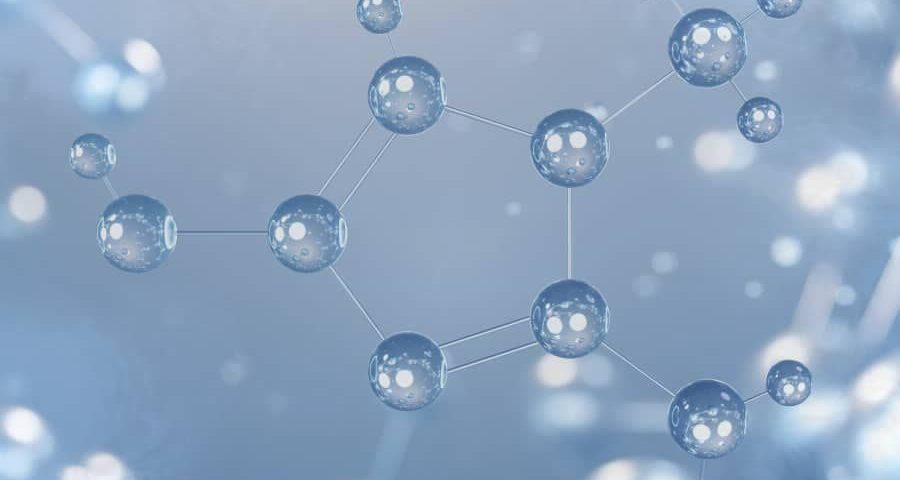Before discussing the difference between nylon and nylex, it is better to provide a brief definition of polyethylene:
Polyethylene is a type of polymer product that is the most common plastic these days in all types of plastic industries, which is usually abbreviated as (PE), which is produced annually in the world by tens of millions of tons of polyethylene; and is mostly used in products such as the production of plastic films, plastic bags, and plastic containers.
What is polyethylene?
What is the abbreviation for p.e? Polyethylene (PE) is an abbreviation for (Polyethylene), which is a type of thermoplastic polymer (it softens or melts after heating and hardens again after cooling); it has variable crystal structures and, depending on its type, is used for use in various industries.
Uses of light and heavy polyethylene (PE)
The use of light and heavy PE is abundant in various industries; Due to its relatively low and reasonable price compared to polyethylene terephthalate, easy processability, among the numerous applications of this heavy grade, we can mention plastic goods such as:
- Types of tanks used in industries
- Polyethylene fittings and pipes
- Production of packaging bags
- Food storage containers
- Production of septic tanks
- Types of plastic parts
- Production of types of bottles
- Toys
- Home appliances
Among the applications of light grade, we can mention the production of light pipes and polymer sheets, which we will introduce in full below:
- Production of various types of films suitable for coating metal surfaces
- Widely used in the preparation and production of electrical cable coatings
- Production of various types of containers and thin films for packaging
- Production of polymer sheets
- Production of light pipes
- Defense industries
Properties of Polyethylene (PE)
The properties of (PE) are divided into several categories, or even in the criteria of different grades, their properties and applications are different; below we will discuss the properties of all three categories, as well as the difference between light and heavy grades.
Physical Properties (PE)
The physical properties of polyethylene of each grade are mentioned in a complete table below; including impermeability to moisture, oxygen, chemical resistance, transparency and others.
- LDPE (light) LLDPE (linear) HDPE (heavy) Physical Properties 30 to 0.2 50 to 0.9 20 to 0.25 Melt Flow Index (MFI)
- 0.922 to 0.917 0.936 to 0.918 0.96 to 0.945 Density
- 55 to 35 60 to 35 80 to 70% Crystallinity
- 87 to 28 500 to 96 500 to 96 Molecular Weight
- 2082 1920 625 Oxygen Impermeability
- 4.37 4.06 1.37 Moisture Permeability
- 102.2 to 80.6 120.6 to 86.1 130 to 120.6 Softening Point (C)
- 113 116 134 Melting Point (C)
- opaque half-Transparent Transparent Transparency
- Good Good Good Chemical resistance
| جدول یک | جدول دو | جدول سه | جدول چهار |

